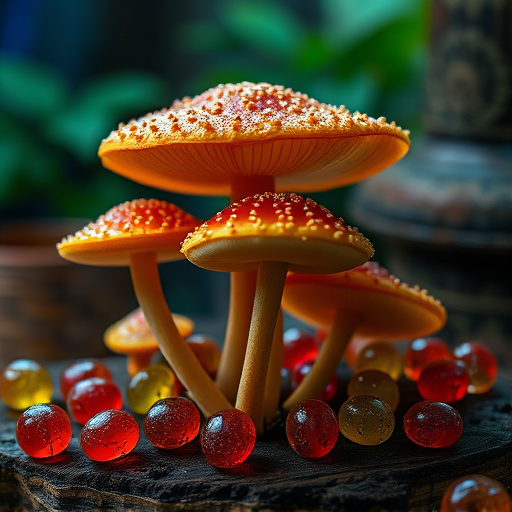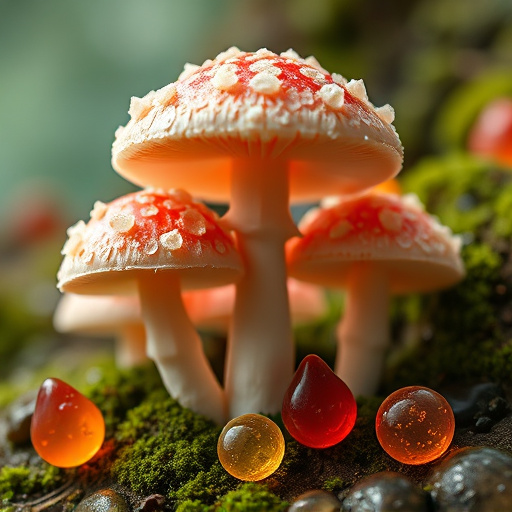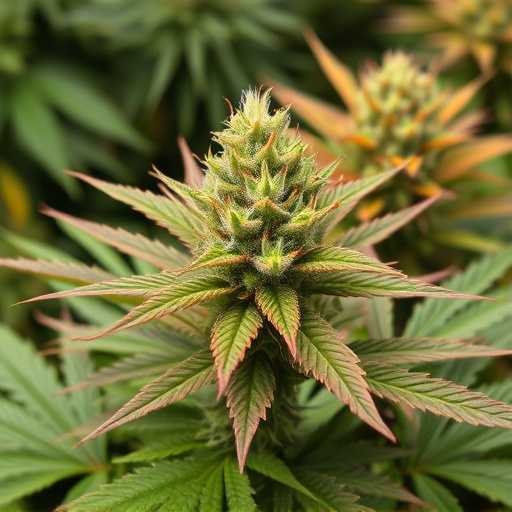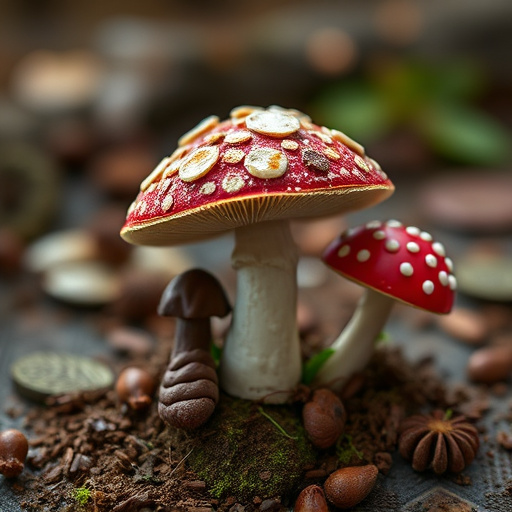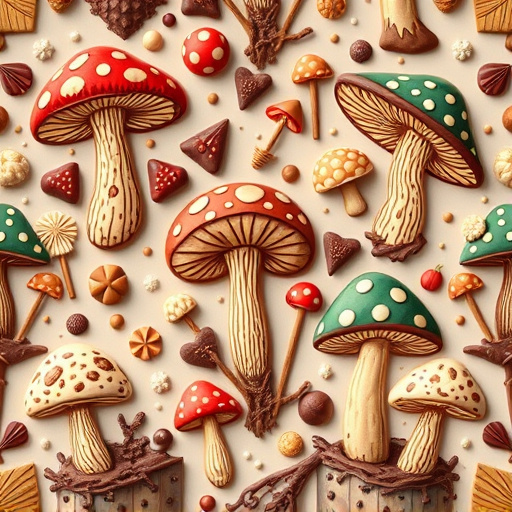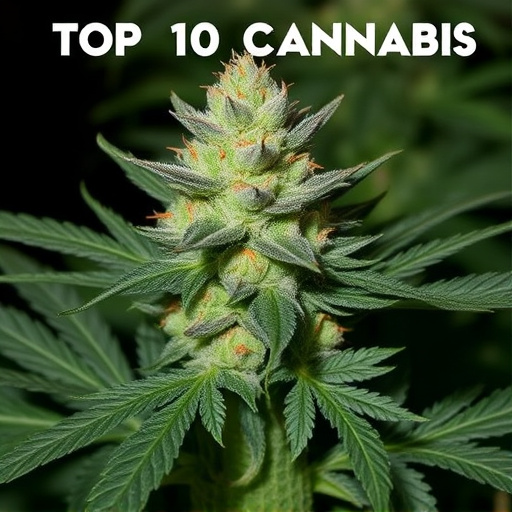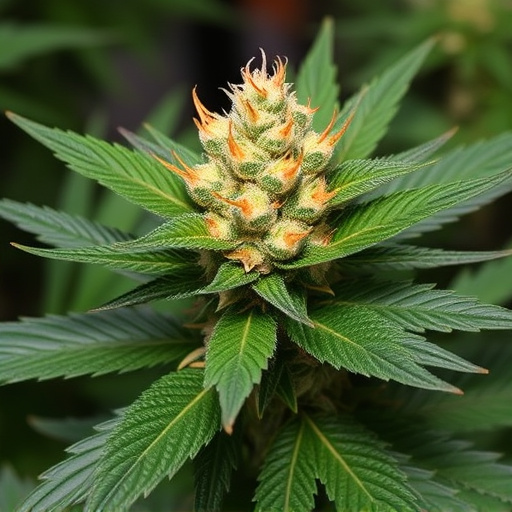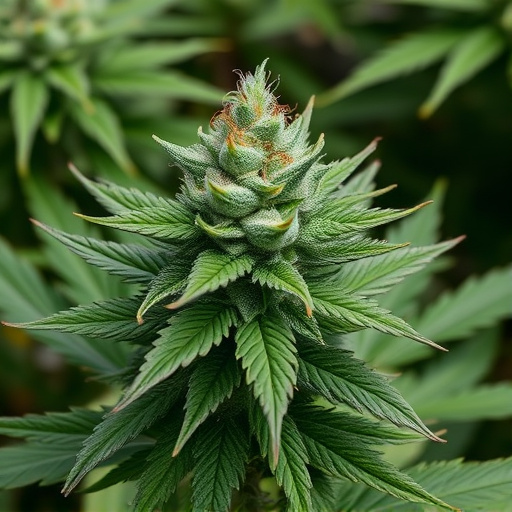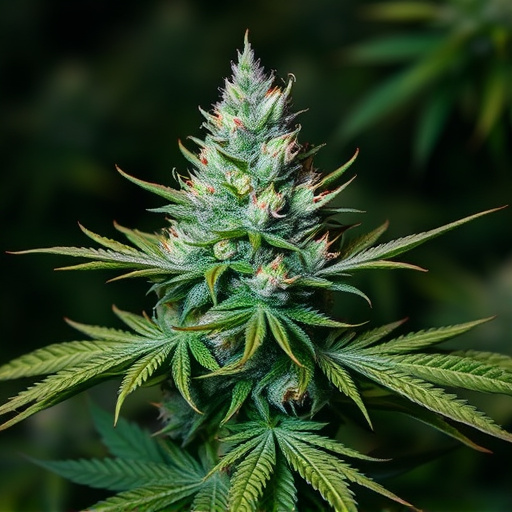The potential link between cannabis color and its cannabinoid profile, particularly THC and CBD, is gaining interest. Recent studies suggest a correlation between certain pigments and specific cannabinoid effects in new cannabis strains. Vibrant colors, driven by compounds like anthocyanins, may interact with cannabinoids, influencing their effects. While speculation exists about color indicating higher concentrations, further research is needed to fully understand this complex relationship. Cultivators carefully design strains to showcase unique pigmentations, appealing to both enthusiasts and researchers who seek to unlock the connection between visual appeal and cannabis potency.
Discover the intriguing connection between color and potency in the world of cannabis. This article explores whether visual cues, like vibrant hues, can indicate a strain’s strength. We delve into the science behind cannabinoid concentration and its relationship with pigmentation, providing insights into how breeders are introducing unique color variations in new cannabis strains. Get ready to explore the sensory experience of these novel varieties and their potential effects on consumers.
- Understanding Cannabis Potency and Color Association
- The Science Behind Cannabinoid Concentration and Pigmentation
- Exploring New Cannabis Strains: A Look at Their Visuals and Effects
Understanding Cannabis Potency and Color Association
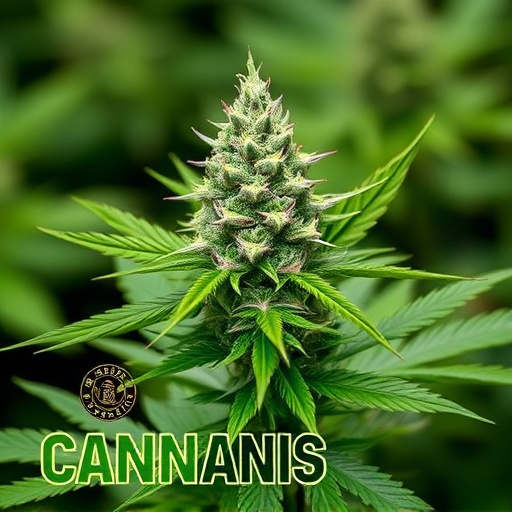
Cannabis potency refers to the concentration of cannabinoids, primarily THC and CBD, in a specific strain. Understanding potency is crucial for consumers looking to manage their desired effects, whether it’s relaxation, pain relief, or euphoria. While traditional methods of measurement like percentage content are essential, an emerging area of interest revolves around the potential association between cannabis color and its potency.
New cannabis strains often boast unique visual characteristics, from vibrant greens to rich browns and even rare blue hues. Historically, these colors have been linked to specific effects or qualities. For instance, brighter shades might be associated with higher energy levels, while deeper tones could suggest a more relaxing experience. However, the science behind this color-potency connection is still evolving. Recent studies suggest that certain pigments in cannabis flowers might correlate with cannabinoid profiles, implying that the visual appeal of new strains could offer insights into their potency and unique effects.
The Science Behind Cannabinoid Concentration and Pigmentation
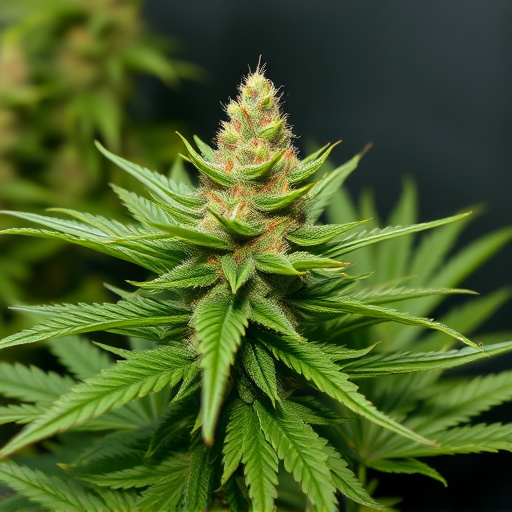
The science behind cannabinoid concentration and pigmentation is a fascinating aspect of understanding how color can influence the potency of cannabis. New cannabis strains often boast vibrant hues, from deep purples to bright greens, and even rare oranges or pinks. These colors are not just visually appealing; they’re an indication of unique chemical profiles. Pigmentation in cannabis is primarily due to compounds called anthocyanins, which are responsible for blue, purple, and red shades. Research suggests that these pigments can interact with cannabinoids like THC and CBD, potentially enhancing or altering their effects.
Studies have shown that the concentration of anthocyanins can vary widely among different strains, leading to variations in potency. Some growers and scientists speculate that specific colors may correlate with higher cannabinoid concentrations, but this area remains largely unexplored. The relationship between pigmentation and cannabinoid strength is complex, and more research is needed to fully understand how these factors interact. Nonetheless, the pursuit of knowledge in this realm offers intriguing possibilities for both cannabis enthusiasts and medical researchers alike.
Exploring New Cannabis Strains: A Look at Their Visuals and Effects
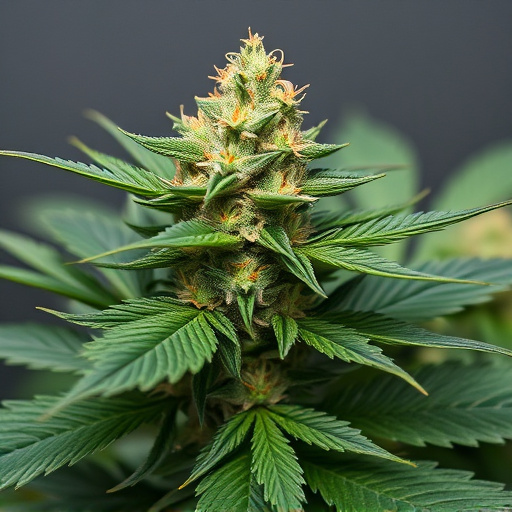
When exploring new cannabis strains, one can’t help but be captivated by their diverse and vibrant visuals. Each strain presents a unique array of colors, from rich hues of green and purple to subtle hints of orange and pink. These visual differences don’t just make cannabis buds aesthetically pleasing; they often provide insights into potential effects. For instance, certain pigments in cannabis flowers are associated with specific cannabinoids and terpenes, which can influence the overall experience.
New cannabis strains are carefully cultivated to enhance these visual characteristics, drawing attention from enthusiasts and researchers alike. As the industry evolves, understanding the connection between a strain’s appearance and its potency becomes increasingly important. By studying these new strains, we can gain a deeper appreciation for the complex interplay between color, chemistry, and the effects felt by consumers, ultimately enriching our cannabis experience.
While color alone doesn’t determine cannabis potency, it can offer a visual clue about a strain’s potential effects. The science behind cannabinoid concentration and pigmentation suggests that specific hues may be associated with particular terpenes and cannabinoids, providing an exciting avenue for exploration in the world of new cannabis strains. As we continue to unravel these mysteries, keeping an open mind and considering both qualitative and quantitative data will help us navigate this evolving landscape.


